Control To Keep: How Portion Control Helps Maintain Weight Loss
So, you’ve worked hard to achieve your weight loss goals and now you’re wondering how to maintain it. Well, let me introduce you to the concept of portion control. Portion control is all about keeping the quantity of food you consume in check, ensuring you don’t overindulge. It helps with weight loss by preventing excessive calorie intake and allows your body to utilize the nutrients effectively. By understanding what portion sizes are appropriate for your body’s needs, you can maintain a balanced diet and avoid unnecessary weight gain. While portion control has its advantages, it’s important to be aware of both the benefits and drawbacks. One of the most valuable tools in portion control is a portion scale, which helps you accurately measure your food and avoid guessing. So, let’s dive in and discover how portion control can be the key to keeping your weight loss in control.
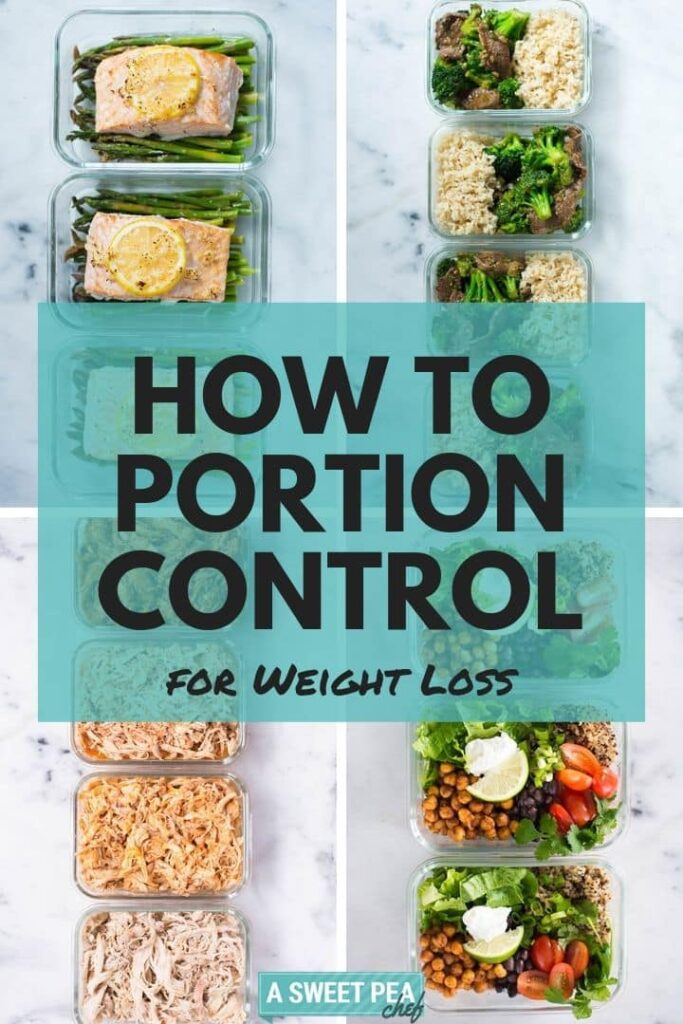
What is portion control?
Definition of portion control
Portion control refers to the practice of managing the quantity of food consumed in order to maintain a balanced diet and achieve weight loss goals. It involves understanding and consuming appropriate portion sizes to ensure the body receives the necessary nutrients without overeating.
Importance of portion control
Portion control is important for several reasons. First, it helps prevent overeating, which can lead to weight gain and associated health issues. By controlling portion sizes, individuals can reduce the number of calories consumed and maintain a healthy weight. Additionally, portion control increases awareness of food intake, allowing individuals to make more conscious decisions about what and how much they eat. This promotes mindful eating and helps individuals develop a healthier relationship with food.
Methods of portion control
Measuring tools
Measuring tools, such as measuring cups and spoons, are effective methods for portion control. They allow you to accurately measure ingredients and ensure you are consuming the appropriate amounts. Measuring cups are useful for liquids, while measuring spoons help measure smaller quantities of ingredients like spices or spreads.
Dividing plates and containers
Dividing plates and containers are designed with separate compartments to visually divide different food groups and control portion sizes. These tools make it easier to portion out meals and ensure you include appropriate amounts of protein, carbohydrates, and vegetables on your plate.
Visual cues
Visual cues, such as using your hand as a guide, can help estimate portion sizes without the need for measuring tools. For example, using your palm to estimate protein portion sizes or your fist to measure carbohydrate portions. Visual cues are convenient and can be used anywhere, making them a practical method of portion control.
Eating slowly
Eating slowly can also aid in portion control. It takes approximately 20 minutes for your brain to register fullness, so eating slowly allows your body to recognize when you are satisfied and prevent overeating. By savoring each bite and pausing between mouthfuls, you can better control your portion sizes and avoid consuming more food than necessary.
Listening to hunger
Listening to your hunger cues is an essential aspect of portion control. Paying attention to your body’s signals of hunger and fullness helps you eat according to your body’s needs, rather than relying on external cues or portions dictated by others. By eating when you feel moderately hungry and stopping when you are comfortably full, you can maintain portion control more effectively.
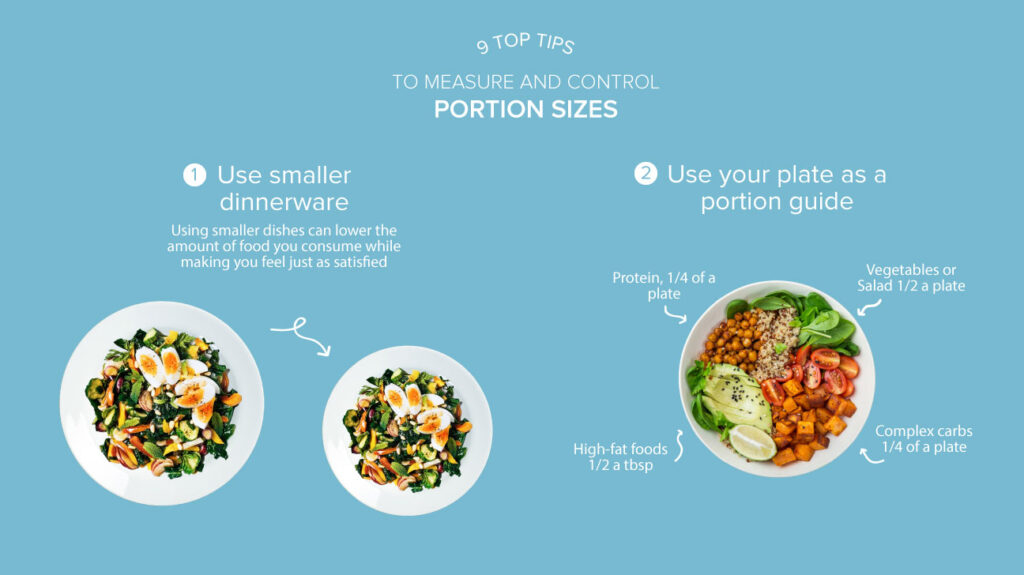
Advantages of portion control
Prevent overeating
One of the primary advantages of portion control is its ability to prevent overeating. By carefully managing portion sizes, individuals can control their calorie intake and avoid consuming excess amounts of food. This can contribute to weight loss and reduce the risk of health problems associated with obesity.
Increase awareness of food intake
Portion control also increases awareness of food intake. By consciously measuring and dividing portions, individuals become more mindful of their eating habits. This heightened awareness allows them to make informed decisions about the types and quantities of food they consume, ultimately leading to a healthier diet.
Promote mindful eating
Mindful eating is closely linked to portion control. It involves paying full attention to the eating experience and being present in the moment. Portion control encourages individuals to savor each bite, chew slowly, and truly enjoy their meals. By fostering a mindful eating practice, portion control promotes a healthier relationship with food and prevents mindless overeating.
Support weight maintenance
Portion control is essential for maintaining a healthy weight. By consistently managing portion sizes, individuals can prevent weight gain and ensure their calorie intake aligns with their energy requirements. This creates a balance between consumption and expenditure, allowing individuals to effectively manage their weight over time.
Prevent weight regain
For those who have already achieved weight loss, portion control is crucial in preventing weight regain. After losing weight, it is important to maintain portion control to sustain the progress made. By continuing to monitor and manage portion sizes, individuals can prevent excessive calorie intake and maintain their desired weight.
Disadvantages of portion control
Possibility of under-eating
While portion control is generally beneficial, one potential disadvantage is the possibility of under-eating. If portion sizes are excessively small or not adequately balanced, individuals may not consume enough nutrients to meet their body’s needs. It is important to strike a balance and ensure that portion control does not lead to malnourishment or nutrient deficiencies.
Difficulty in social settings
Portion control can pose challenges in social settings. When dining out or attending events, it may be difficult to control portion sizes or accurately estimate nutritional content. Peer pressure or social norms may also influence individuals to indulge in larger portions or less healthy choices. It is important to find a balance that allows for flexibility while still practicing portion control in social situations.
Feeling restricted
Another potential disadvantage of portion control is the feeling of restriction. Some individuals may perceive portion control as limiting or depriving themselves of larger quantities of food. This mindset can lead to feelings of dissatisfaction and make it harder to adhere to portion control practices in the long run. To combat this, it is crucial to focus on the quality and enjoyment of the food consumed, rather than fixating solely on portion sizes.
Need for consistency
Portion control requires consistency to be effective. It is important to maintain portion control practices consistently over time to achieve and maintain desired results. Inconsistency or occasional lapses in portion control can lead to overeating or hinder progress. Developing a routine and consciously practicing portion control can help overcome this challenge.
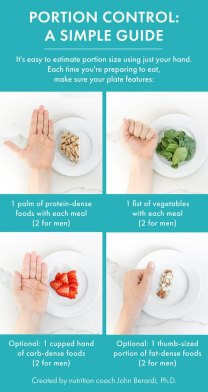
Importance of portion control in a balanced diet
Achieving calorie control
Portion control plays a critical role in achieving calorie control within a balanced diet. By managing portion sizes, individuals can control their calorie intake and align it with their energy needs. This is essential for weight management and overall health.
Balancing macronutrients
Portion control helps balance macronutrients, which are the major nutrients required by the body: carbohydrates, proteins, and fats. By portioning out appropriate amounts of each macronutrient, individuals can ensure they are consuming a balanced diet. This promotes optimal health and supports various bodily functions.
Controlling portion sizes of different food groups
Portion control allows individuals to control the sizes of different food groups. This is particularly important when it comes to managing portions of carbohydrates, proteins, and fats. By maintaining proper portion sizes for each food group, individuals can ensure they are getting the right balance of nutrients in their diet.
The relationship between portion control and weight loss
Calorie restriction
Portion control is closely linked to calorie restriction, which is necessary for weight loss. By controlling portion sizes, individuals can naturally reduce their calorie intake. This creates a calorie deficit, which prompts the body to burn stored fat for energy, resulting in weight loss.
Balanced macronutrient intake
Portion control also helps achieve a balanced macronutrient intake. When practicing portion control, it becomes easier to ensure that meals contain appropriate amounts of carbohydrates, proteins, and fats. This proper balance of macronutrients supports weight loss and overall health.
Sustained weight loss
Portion control is essential for sustaining weight loss. By maintaining portion control practices even after reaching a weight loss goal, individuals can prevent weight regain and sustain the progress they have made. Consistency in managing portion sizes helps maintain a calorie balance and supports a healthy weight in the long term.
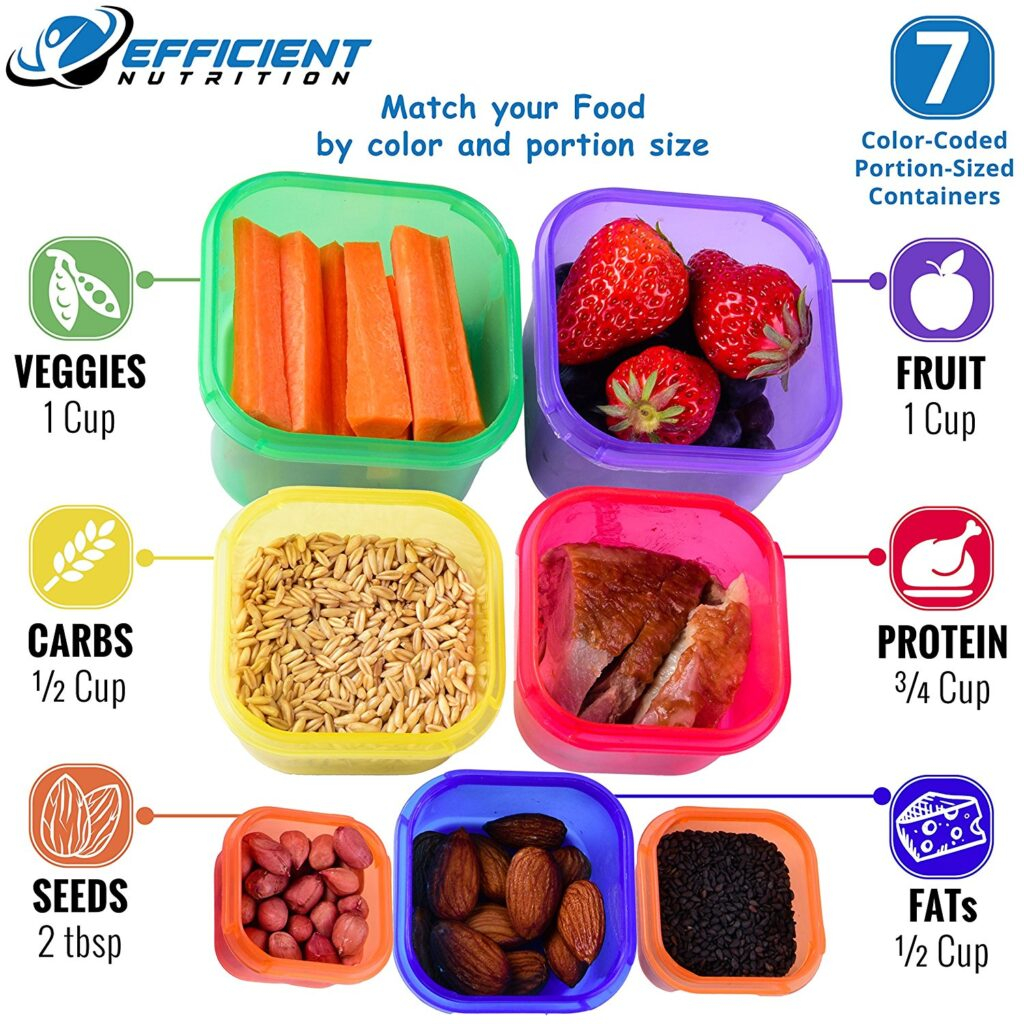
Determining the best portion size for weight loss
Understanding individual needs
The best portion size for weight loss varies depending on an individual’s specific needs. Factors such as age, gender, activity level, and metabolic rate all play a role in determining the appropriate portion sizes. It is important to consult with a healthcare professional or registered dietitian to determine the best portion sizes for your weight loss goals.
Consulting with a healthcare professional
To determine the best portion size for weight loss, it is recommended to consult with a healthcare professional or registered dietitian. They can assess individual needs, consider any underlying health conditions, and provide personalized guidance on portion control and weight loss.
Using portion control aids
Portion control aids, such as portion scales or pre-portioned containers, can be helpful in determining appropriate portion sizes for weight loss. These tools provide accurate measurements and take the guesswork out of portion control. Incorporating these aids into your weight loss journey can support effective portion control and help you achieve your goals.
Why eating in portions is important
Preventing overeating
Eating in portions is important to prevent overeating. By consuming appropriate portion sizes, you can avoid consuming excessive calories and maintain a healthy weight. Eating in portions also helps regulate your body’s hunger and fullness cues, preventing mindless overeating.
Managing hunger cues
Eating in portions allows you to manage your hunger cues effectively. By providing your body with balanced meals at proper intervals, you can satisfy your hunger without overindulging. This helps maintain energy levels and prevents extreme hunger that often leads to unhealthy food choices or overeating.
Enhancing digestion
Eating in portions promotes better digestion. When you consume smaller, well-proportioned meals, your digestive system can function optimally. Breaking down food into manageable portions allows for better nutrient absorption and minimizes digestive discomfort.
Creating long-term habits
Eating in portions helps create long-term habits that support a healthy lifestyle. By consistently practicing portion control, you can develop a healthier relationship with food, become more mindful of your eating habits, and establish sustainable changes. These habits can contribute to long-term weight maintenance and overall well-being.
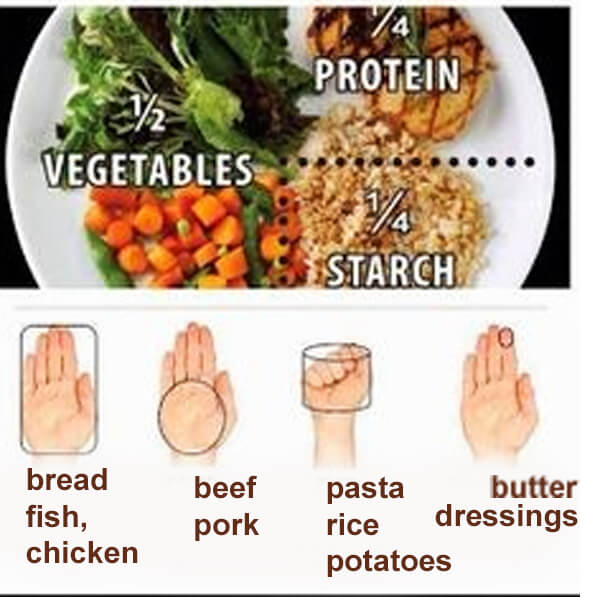
The most important tool in portion control
Portion scale
A portion scale is one of the most important tools in portion control. It allows you to accurately measure the weight of food and ensure you are consuming appropriate portion sizes. Using a portion scale eliminates guesswork and helps you maintain consistency in portion control.
Measuring cups and spoons
Measuring cups and spoons are essential tools for portion control. They provide precise measurements for liquids, dry ingredients, and spices. By using measuring cups and spoons, you can achieve accurate portion sizes and maintain consistency in your diet.
Divided plates and containers
Divided plates and containers are effective tools to visually divide different food groups and control portion sizes. They offer a convenient way to portion out meals and ensure you are including the right amount of each food group on your plate.
Visual guides
Visual guides, such as using your hand or common household objects as references, can be helpful in estimating portion sizes. These visual cues provide a quick and practical way to portion out meals, even when a scale or measuring tools are not readily available.
The importance of a portion scale in portion control
Accurate measurement
A portion scale provides accurate measurement of food weight, ensuring precise portion control. By weighing your food, you can track your calorie intake more accurately and make informed decisions about portion sizes. This level of accuracy is particularly crucial for individuals who require strict portion control, such as those with specific dietary needs or weight loss goals.
Tracking progress
A portion scale allows you to track your progress effectively. By weighing your food portions, you can monitor your calorie intake and make adjustments as needed. This helps you stay accountable to your portion control goals and evaluate your progress over time.
Supporting portion consistency
Consistency is key in portion control, and a portion scale helps you achieve that consistency. By using a scale to measure your food, you can ensure that your portion sizes remain consistent day after day. This promotes a balanced diet and supports long-term weight management.
In conclusion, portion control is a valuable practice for maintaining weight loss and achieving a balanced diet. It helps prevent overeating, increases awareness of food intake, promotes mindful eating, supports weight maintenance, and prevents weight regain. While there may be some disadvantages and challenges associated with portion control, the benefits far outweigh them. Portion control is essential for achieving calorie control, balancing macronutrients, and controlling portion sizes of different food groups. It plays a critical role in weight loss by facilitating calorie restriction, achieving a balanced macronutrient intake, and sustaining weight loss. Determining the best portion size for weight loss requires understanding individual needs and consulting with healthcare professionals. Eating in portions is important for preventing overeating, managing hunger cues, enhancing digestion, and creating long-term habits. The most important tools in portion control include portion scales, measuring cups and spoons, divided plates and containers, and visual guides. A portion scale, in particular, is valuable for accurate measurement, tracking progress, and supporting portion consistency. By practicing portion control and utilizing the appropriate tools, you can maintain weight loss, improve overall health, and cultivate a healthier relationship with food.

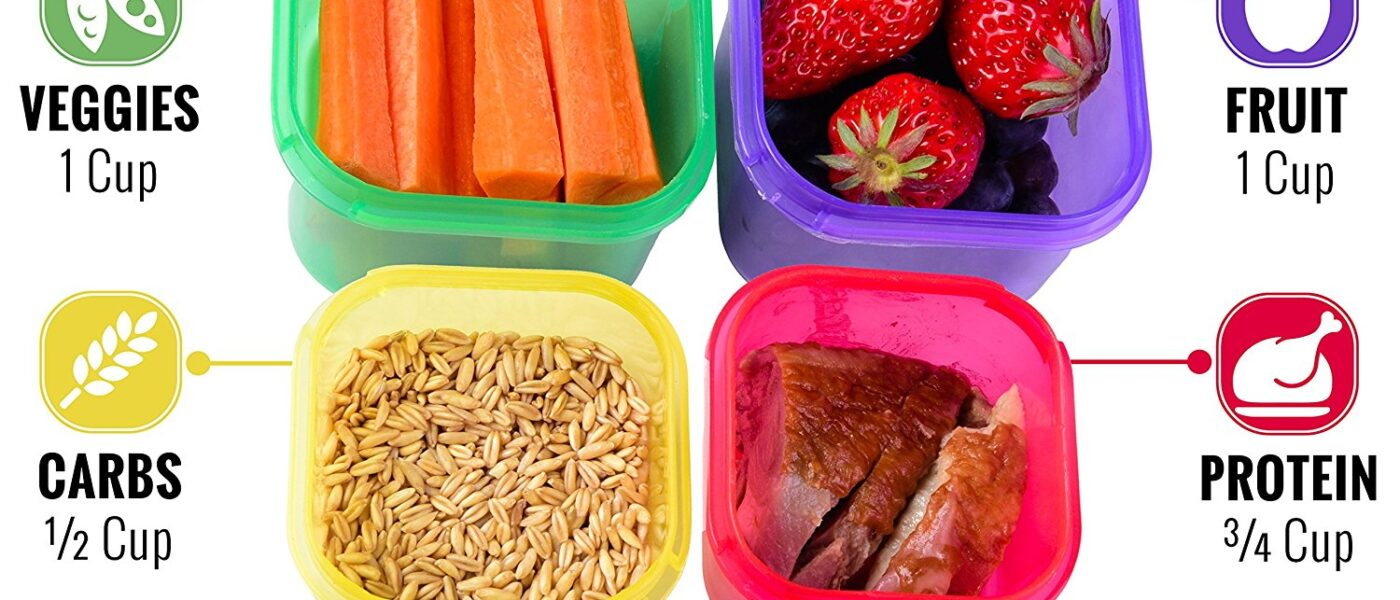
Pingback: Essential Ingredients To Include In Smoothies For Efficient Weight Loss